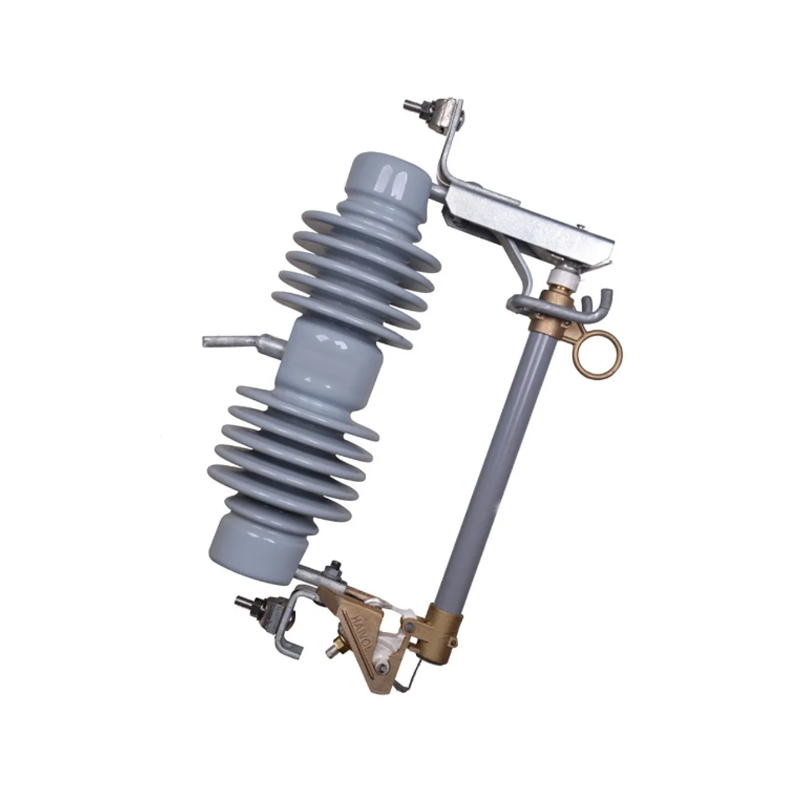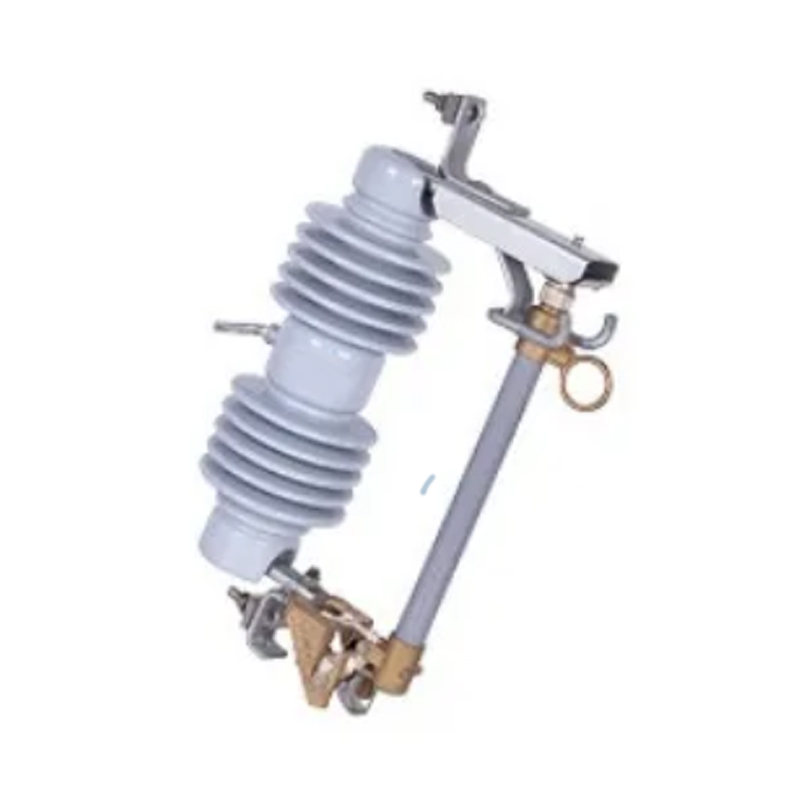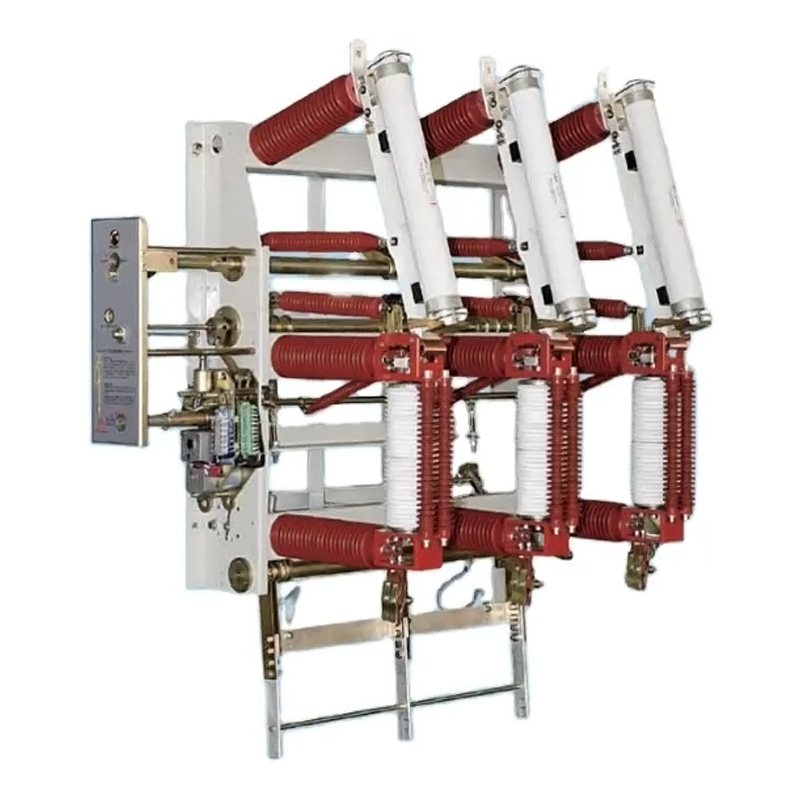Medium Voltage (MV) switchgear is an essential component in electrical power distribution and control systems. It is designed to handle voltages typically ranging from 1000V to 72,500V AC. The primary function of MV switchgear is to protect and isolate electrical equipment from potential faults, overloads, and short circuits.
Medium voltage switchgear consists of several key components, each serving a specific purpose in the overall system. Here are the main components:
a. Circuit Breakers (CBs): The primary protective device in MV switchgear, circuit breakers automatically trip and open the circuit when a fault is detected. They are designed to interrupt the flow of current safely under abnormal conditions.
b. Isolators: Also known as disconnect switches, isolators are used to disconnect the electrical equipment from the power source for maintenance, testing, or in case of an emergency. They provide a visible break in the circuit.
c. Earth Switches: These switches are used to connect the electrical system to the ground, providing a path for fault current to flow in the event of a fault, thus protecting the system from damage.
d. Load Break Switches: Capable of making, carrying, and breaking load currents under normal circuit conditions, load break switches are used to interrupt the current without creating an electrical arc.
e. Instrument Transformers: These devices are used to reduce high voltages to safer levels for the purpose of measurement and protection relays.
f. Busbars: They are the conductive paths that connect all the components within the switchgear, ensuring efficient distribution of electrical power.
g. Protection Relays: These are automatic devices that detect abnormal conditions in the electrical system and initiate the tripping of circuit breakers to prevent damage.
h. Surge Arresters: Designed to protect the system from voltage surges, these components limit the voltage that can be reached on the system and divert the surge to the ground.
A medium voltage cubicle is a self-contained, modular unit that houses the switchgear components. These cubicles are designed for easy installation, maintenance, and replacement. They offer several advantages:
a. Modular Design: The modular design allows for flexibility in configuration, enabling the switchgear to be tailored to specific application requirements.
b. Compactness: MV cubicles are compact, saving space in the switchgear room and reducing the overall footprint of the installation.
c. Safety: The enclosed nature of the cubicles provides an additional layer of safety by preventing unauthorized access to live components.
d. Environmental Protection: Cubicles are designed to protect the internal components from environmental factors such as dust, moisture, and temperature fluctuations.
e. Ease of Maintenance: With their modular design, maintenance and replacement of components can be performed with small disruption to the system.
Medium voltage switchgear plays a critical role in the safe and efficient operation of power systems. It ensures:
a. Reliability: By providing protection against faults, MV switchgear helps maintain the reliability of the power supply.
b. Safety: It safeguards both personnel and equipment from the hazards of electrical faults.
c. Flexibility: The modular and cubicle-based design allows for easy adaptation to changing system requirements.
d. Efficiency: High-quality switchgear components contribute to the efficient use of electrical power, reducing losses and improving overall system performance.
Medium voltage switchgear is a complex system of components that work together to ensure the safe and reliable distribution of electrical power. Understanding the role of each component and the concept of medium voltage cubicles is crucial for the design, operation, and maintenance of electrical systems.



 English
English русский
русский عربى
عربى










